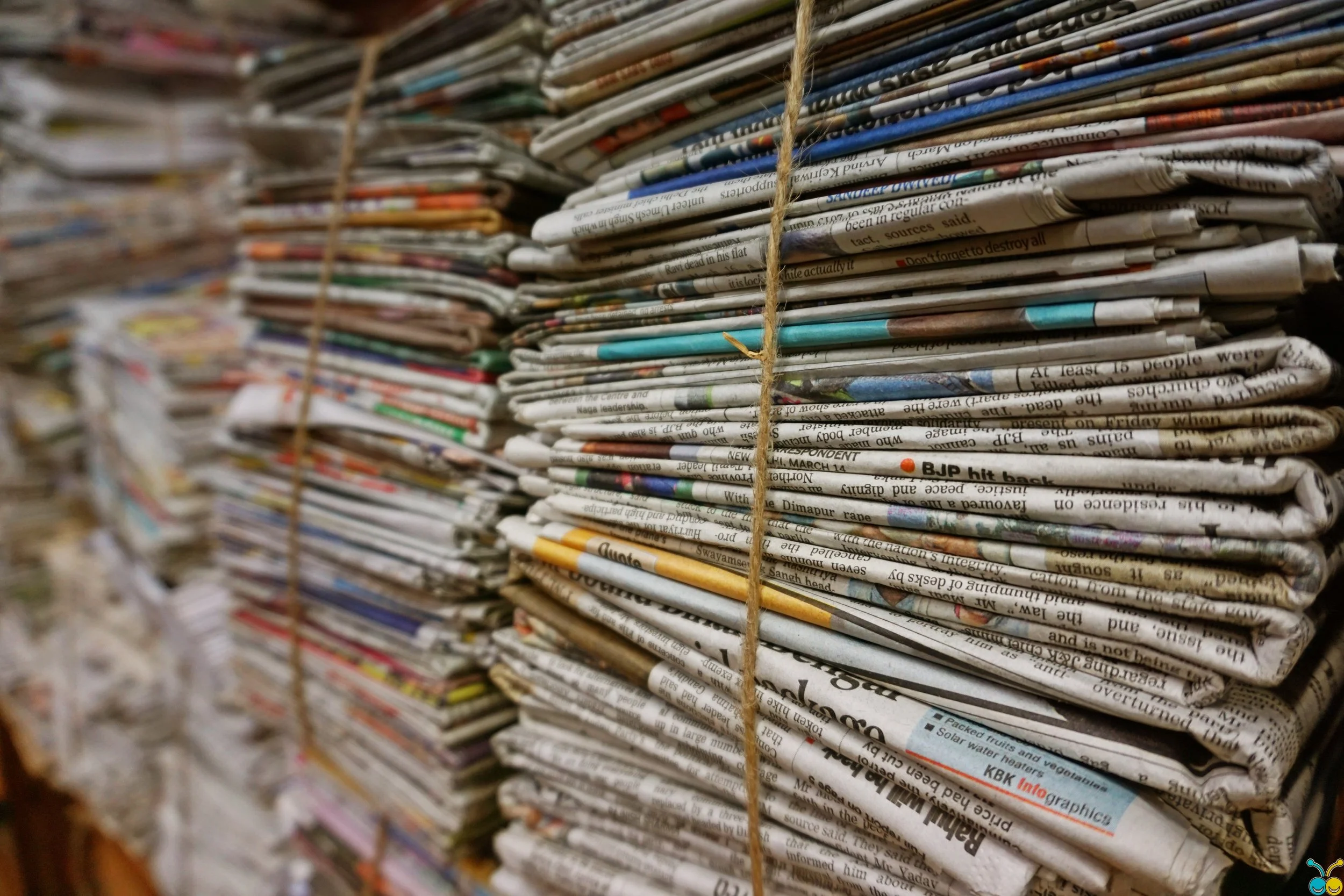Colour has a prominent role in aesthetic Feng Shui design and a vital influence on how our life feels. Each colour vibrates at its own unique frequency which influences every cell of our body and arouses our senses, although for the most part we take it for granted. Every colour in existence is associated with one of the five Feng Shui elements, each of which are assigned to either one or two compass locations. But that is only the beginning of the story. There are several other considerations that we would draw on in traditional Feng Shui design to reach the most desirable and harmonious colour palette for a client.
How colour is perceived largely depends upon the quality of light it receives and, by degree, upon climate as well. For example, in the temperate Northern hemisphere, a predominance of blues or greys in a North-facing bedroom can look and feel cold, even diminishing intimacy. On the other hand, too much red in a South-facing room can transform passion into aggression. In the Southern hemisphere the reverse would happen. By contrast, the bright, clear Mediterranean light plays wonderful interactions with cool blue hues, whilst vivid warm tones dance with inspiring spirited exuberance.
Apart from orientation of a property, the window dimensions, the function of a room, its ceiling height, whether its shape is wide, long and narrow, or irregular, all play a part in how a room responds to a chosen colour scheme. So in Feng Shui design decision making, we find that the concept of assigning elemental colour choices to their corresponding compass areas is not always effective. We can be far more aesthetically aware, creative, adaptable and effective than that.
Another approach for deciding which colours would work best in a particular room is to balance its yin and yang essence. All colours have many facets, each with variations of tone and clarity, shades, hues and tints. Dynamic bright colours increase the level of yang energy in a room. Sombre, dull colours and earthy textures generate yin energy. For example fiery red is obviously yang, but a gentle pink tint is a gentler, more yin version of red. Appropriate colour balance based on yin and yang creates a space that feels calm and relaxed yet stimulating and satisfying.
Dynamic colours increase the level of yang energy in a room. Subdued colours and earthy textures generate yin energy. For instance, a touch of cheerful turquoise, orange or purple will enliven a room that feels too yin. Conversely, neutrals, taupes and greys will cool down a predominantly yang space. As a rule of thumb, active living areas and the home office space require some yang colour accents. Bedrooms and other quiet areas work better with tranquil, nurturing, more yin colour schemes.
The mood of a space can be strikingly enhanced by introducing appropriate colour accents. Wall paint choice is only one aspect that creates aesthetic colour impact. Artwork, decor accessories, soft furnishings, mood lighting, even houseplants and goldfish, can be used to bring desired colour tones into a room. This Feng Shui design approach to balancing colour energy works very effectively to help create harmonious, peaceful, welcoming and nourishing living spaces.
If you wish to learn more about Feng Shui design, “Unlocking the Key to Feng Shui” an interactive free Introduction seminar with Master Howard Choy, will be held live on Zoom on Saturday 9th September 1pm -2.30pm UK time and our six months ECOFS professional level training course commences on 20th October.
Please contact me to express interest and to join us.
More information about Howard Choy and our European College of Feng Shui courses can be found on fengshui-living.com/coursesdetails
With warm wishes
Sylvia
Sylvia BennettAccredited Feng Shui Master Practitioner
ECOFS Training Courses Coordinator
Architectural Design Consultant
Subtle Environment Surveyor

